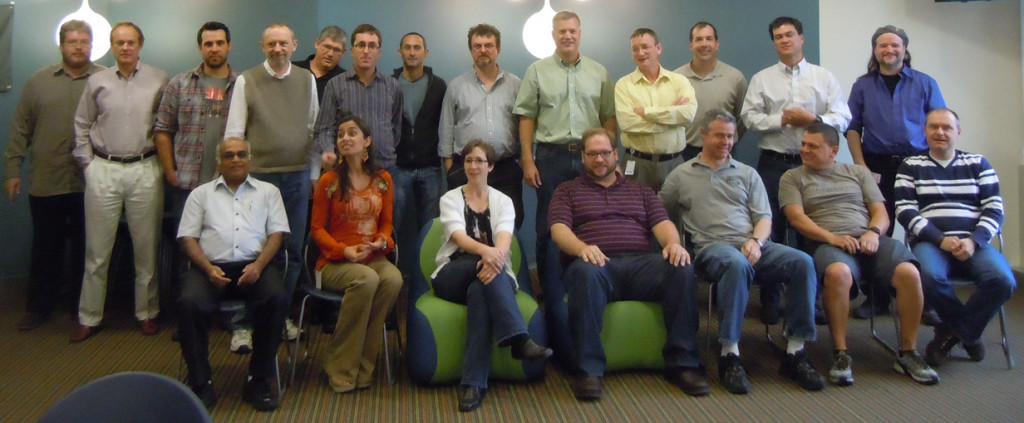WOPR18 was held in Denver, Colorado, USA on May 10-12, 2012, and was hosted by Pearson. Jude McQuaid was the Content Owner.
Attendees
Neil Davies, Dan Downing, Shawn Everingham, Dave Guimbellot, Andy Hohenner, Ed King, Yuri Makedonov, Greg McNelly, Jude McQuaid, Paco Muniz, Eric Proegler, Mark Reichman, Raymond Rivest, Simon `Peter´ Schrijver, Ben Simo, Peg Sonday, Mais Tawfik Al-Khoury Ashkar, Melissa Tondi, Hein van den Heuvel, S.R. Venkatramanan
Theme: Combining Data, Analysis, and Context to Create Information
There is a subtle and often overlooked distinction between Data and Information. All of us consume copious amounts of data so frequently and rapidly, that we sometimes (albeit unconsciously) think of data as information, applying context from how we gathered the data and from our own personal experiences.
Data by itself is relatively meaningless. The number 72 has little meaning on its own. However, if we apply the context of age, weight, price, or miles per hour (through a speed trap), we see how context produces greater meaning.
As performance and reliability engineers, we have a tendency to surround ourselves with data, amassing large databases and spreadsheets of data related to system utilization levels, application logs and output, user behaviors, and so forth. From that we might make all sorts of colorful charts, graphs, plots, and documents. The question to be asked is, for what purpose? For this WOPR, the focus is on data visualization, data interpretation, and how we take data and apply analysis to derive meaning. Some questions to ask yourself as you prepare your paper submissions:
- What data do you collect and why?
- How much data do you seek? Do you start with small samples and then grow, or do you try to grab it all? When do you have enough data?
- How often are you sampling?
- What do you do with the data afterward?
- What are the types of decisions made from this information? Are they testing, engineering, or business related?
- How do you apply analysis? Do you use statistical models? If so, which models and why?
- What visual interpretations do you use? Do you have go-to charts/graphs?
- Ultimately, what decisions are made based on your information…
Work Product
Private workshop collaboration space here.

